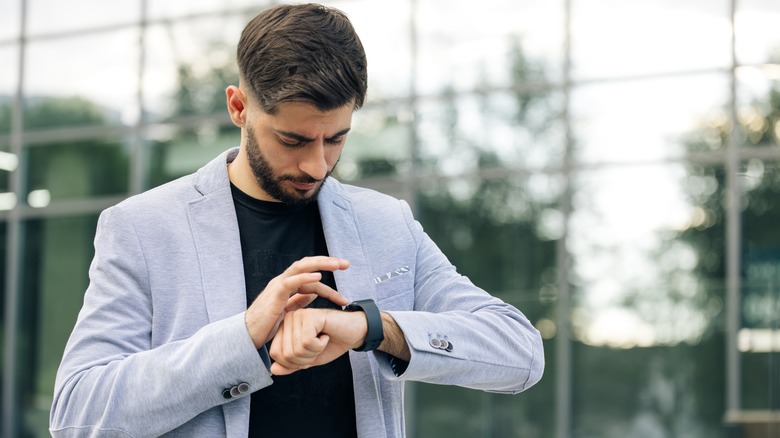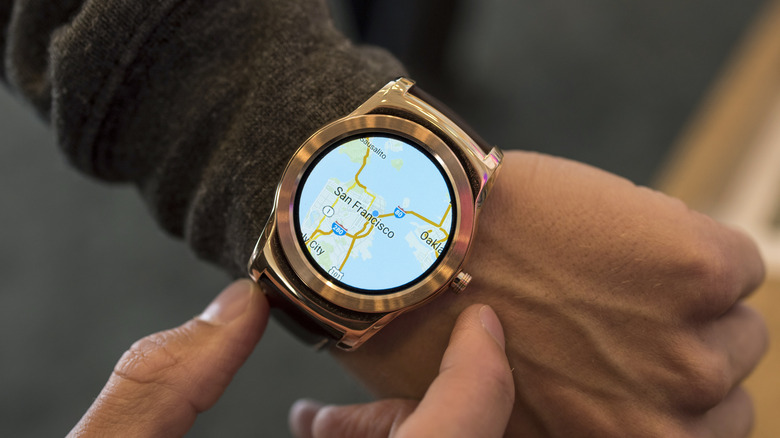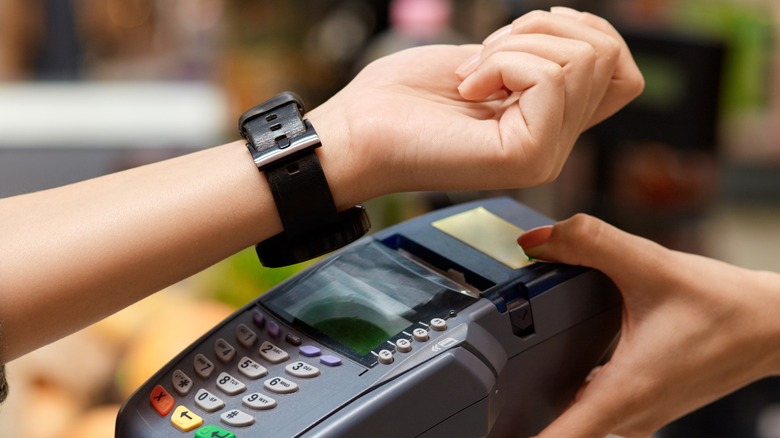5 Essential Android Smartwatch Apps For New Users
When it comes to Android smartwatches, finding the right apps can significantly enhance your overall experience. Whether you're new to the smartwatch scene or looking to optimize your wearable device, this article explores five essential Android smartwatch apps that cater to a variety of needs. Essential apps for new users are those that add value and utility to your smartwatch, making it a more practical and enjoyable companion in your daily life. These apps are typically designed to streamline and enhance everyday tasks, leveraging the convenience of a wrist-worn device.
Some of the critical categories of essential smartwatch apps include fitness and health tracking, communication and notifications, productivity tools, and customization options. These apps transform your smartwatch into a fitness tracker, an extension of your smartphone for calls and messages, a remote control for music and cameras, and a device tailored to your unique style and preferences. Whether you're striving for a healthier lifestyle, seeking improved connectivity, or simply looking to personalize your device, these apps will undoubtedly enhance your Android smartwatch experience.
Google Assistant
The Google Assistant app is a crucial component of the Wear OS. This app serves as a bridge between your smartwatch and phone, improving your smartwatch experience with seamless synchronization. With Google Assistant, you are getting proactive assistance right from your wrist. The app enables users to receive personalized help, shortcuts, commute times, reservations, flight status updates, and health tracking with Heart Points and Step goals.
Google Assistant also offers hands-free assistance for both your phone and smartwatch, which you will appreciate as a new user. It facilitates a range of tasks, from setting reminders and managing schedules to looking up information while navigating. Voice commands play a pivotal role, allowing users to open apps, navigate the phone, adjust settings, make calls, send texts, and even read emails hands-free.
Besides essential assistance, the app offers proactive information and contextual reminders to stay ahead. Google Assistant acts as a remote control for those with smart homes, enabling commands to adjust temperature, lighting, and other intelligent appliances even when you're away. The Google Assistant app enjoys a high rating, with users praising its efficiency and comprehensive abilities with routines that can help organize your life.
AccuWeather
The AccuWeather app for smartwatches emerges as an essential tool for new users seeking a comprehensive and reliable weather-tracking experience. The app, recognized by the World Meteorological Organization, sets itself apart with some award-winning features and a user-friendly interface.
AccuWeather's primary function is to provide live forecasts with minute-by-minute precision on your smartwatch through features like MinuteCast. The app covers a wide range of weather information, including rain probability, cloud coverage, wind, air quality, snowfall, and UV index. Its advanced weather radar offers minute-to-minute views of storms, snow, rain, and temperature changes. For accuracy, the app uses proprietary technologies like RealFeel and RealFeel Shade Temperature, providing users with a true sense of how the weather feels. AccuWeather also offers in-depth weather news, forecast updates, and free weather alerts, enhancing its status as a reliable weather tracker on your smartwatch.
When it comes to AccuWeather's mobile version, the app allows users to personalize their weather tracking experience and look ahead for up to 45 days. Additionally, it provides trending videos from AccuWeather's news team. The app is available for free on Wear OS.
Whether it's daily forecasts, severe weather warnings, or real-time radar views, AccuWeather ensures that users have access to a comprehensive suite of tools for staying informed about current and upcoming weather conditions.
Strava
The Strava app is great for new users venturing into fitness and outdoor activities — installing the app on the new watch might even be the motivation you need to start being more active. The dedicated watch app lets you record your run straight into Strava, skipping the annoying syncing process between the health app and your Strava profile, according to Tom's Guide. With the smartwatch version, you can also track multiple activities, tweak your audio cues and auto-pause settings, and easily turn on or off Beacon, which is Strava's safety feature.
Since one of the standout features of Strava is its focus on social connectivity, the smartwatch version is best used with its smartphone companion. Users can engage in challenges, collect digital badges, and motivate others with their authentic efforts.
Strava's integration of GPS technology is central to its performance tracking across devices. The smartwatch app syncs with your phone, offering real-time insights into progress and safety by sharing locations, while the phone app also includes a dashboard that provides diverse data, route planning with Route Builder, and real-time activity recording.
Strava also hosts global clubs and allows users to connect with fellow fitness enthusiasts. The Summit membership, Strava's premium subscription priced at $11.99 per month or $79.99 per year, enhances the training, analysis, and safety features, offering users a choice based on their needs. It also gives you access to segment leaderboards, group challenges, and some route exploration features.
Google Maps
Google Maps for smartwatches proves to be a useful application for new users, providing seamless integration with Wear OS and offering a range of features that enhance navigation on the go. Android smartwatches, especially those with LTE connectivity, operate independently of phone pairing, providing convenient turn-by-turn directions directly on the smartwatch. For Bluetooth-only watches, phone pairing is required for full functionality.
Users can select a destination, choose the mode of transportation, and preview the route directly on their smartwatch. The watch signals turns or alerts through customizable vibrations. A noteworthy feature is the auto-launch option, enabling users to set preferences for driving, walking, or cycling, ensuring navigation directions are readily available on the watch, even when the phone is locked.
You can manually open the app or use Google Assistant for quick access to step-by-step directions, all without the need to pair your phone, provided the watch supports LTE connectivity. Despite lacking certain features like Street View and location sharing, Google Maps on Wear OS is great for on-wrist turn-by-turn navigation. This is particularly beneficial for activities like cycling or walking, where users can conveniently view directions without constantly checking their phones.
Google Pay
Google Pay is typically one of the first things smartwatch users install because of its comprehensive digital payment experience. The difference between Google Wallet and Google Pay is subtle — Google Wallet is a separate app that brings benefits like the storage of IDs and cards, enhancing the overall digital wallet experience. Meanwhile, Google Pay is primarily focused on making convenient and secure transactions. Google Pay facilitates in-store, in-app, and online contactless payments, eliminating the need for a physical wallet.
The app, paired with the mobile version, also includes features like loyalty cards, gift cards, multiple bank accounts, coupons, and various tickets. Leveraging NFC technology for tap-to-pay transactions ensures secure and convenient payments for smartwatch users. Peer-to-peer payments, group payments, and bill-splitting features enhance user convenience as well, but a lot of these features are reserved for the phone app.
Security measures, including fingerprint ID, PIN, pattern authentication, and tokenization for transaction encryption, ensure a secure payment experience. The watch app requires a system-level lock for security. However, once you unlock it after you put the watch on, it won't ask you to do so again until you take it off. Additionally, the Explore section of the smartphone version showcases cashback offers, activated by linking and paying with credit or debit cards, providing additional incentives for users. Despite a 1.5% fee for debit card transfers, Google Pay's wide range of features makes it a good choice as an app for new users.





